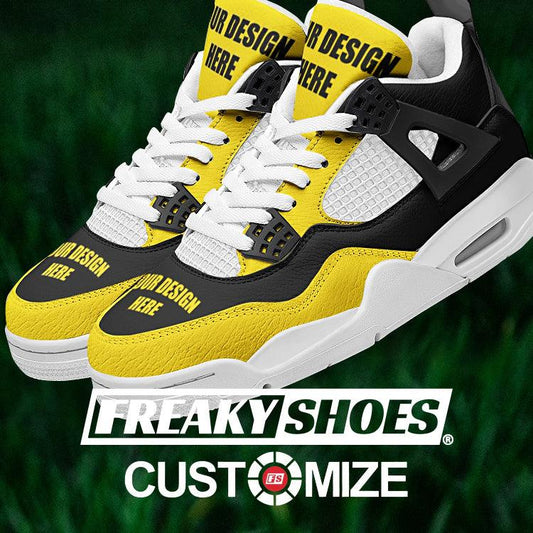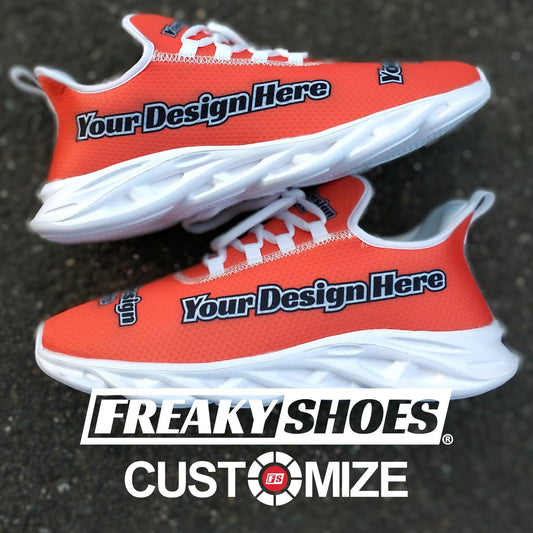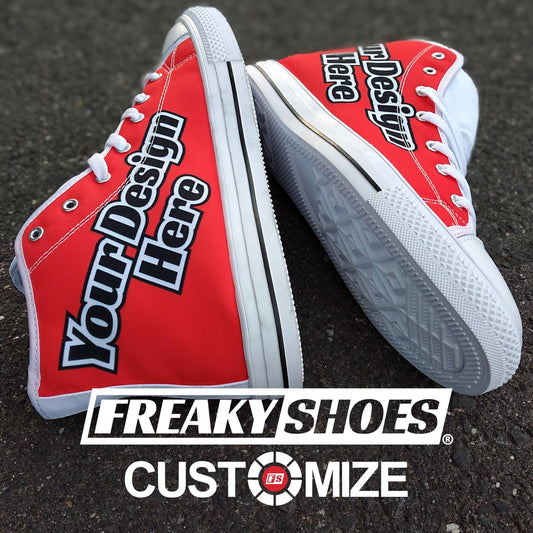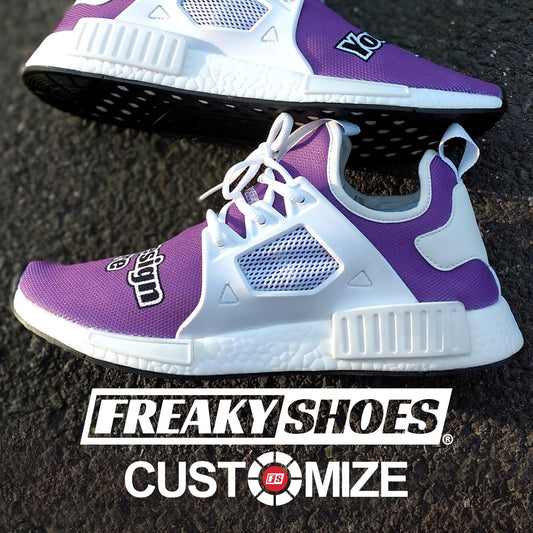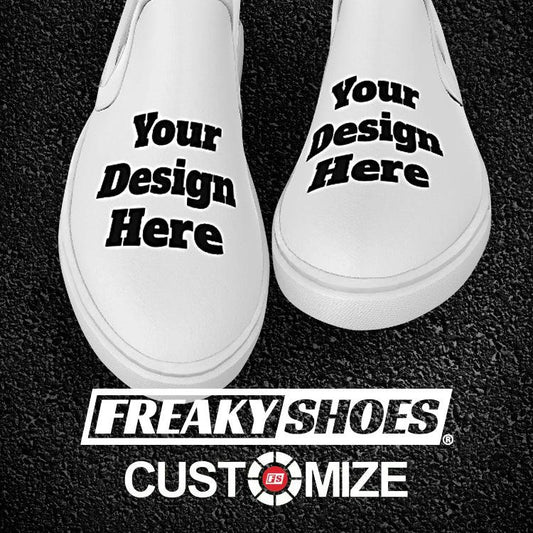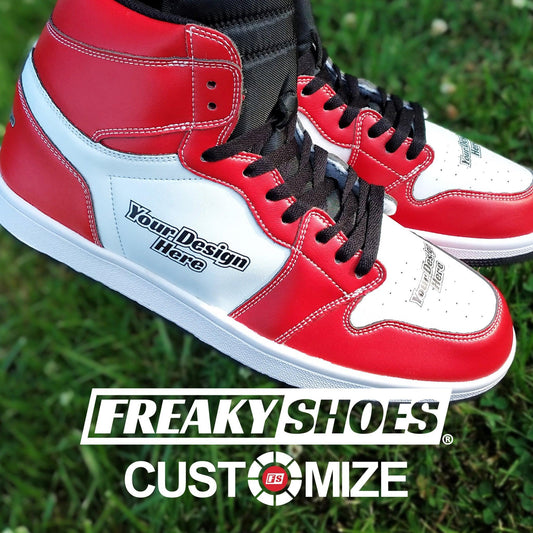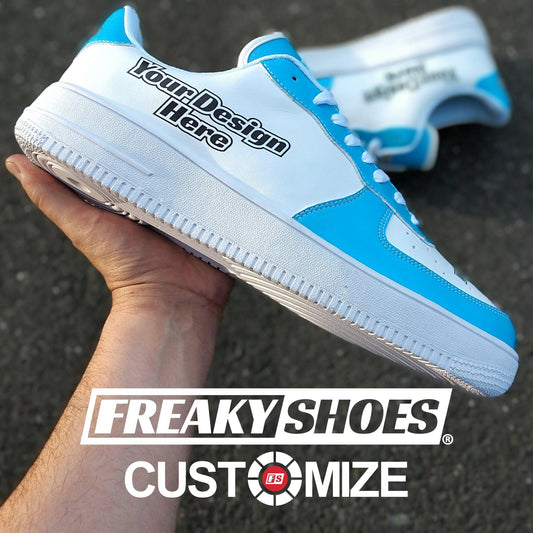Buying the wrong size Timberlands can be frustrating. Many people order their regular size, only to find their boots feel loose and uncomfortable. Others size down too much and end up with boots that are too tight.
If you are wondering, "Do Timberlands run big," you are not alone. But don’t worry. We’ve done our research and are now here with an answer.
In short, most Timberland styles do run big., but finding the right size is easy with the right approach. According to reviews, a half-size down usually provides the best fit.
This sizing guide covers everything you need to know, from comparing Timberlands with other brands to avoiding common mistakes. So, keep reading.
Let’s get started.
Key Points
-
Timberlands usually run big, so most people need to size down.
-
Different Timberland styles fit differently, so checking reviews is important.
-
Sneaker sizes do not always match since boots have different structures.
-
Leather boots stretch, so a snug fit at first is normal.
-
Width options matter, and Timberlands offer wide sizes.
-
Not testing the fit properly can lead to discomfort later.
Do Timberlands Run Big? (Key Details to Know)

Yes, Timberlands usually run big. Most people need to go down half a size for the best fit. The classic 6-inch boots, in particular, have extra room, especially in the toe area. If you wear a size 10 in sneakers, a 9.5 in Timberlands will likely fit better.
But here’s the thing: Some even size down a full size for a snug fit. If you like a tighter fit or plan to wear thin socks, going down a full size might be the way to go.
And let us tell you - We learned this the hard way. The first time we bought Timberlands, we went with our usual sneaker size, assuming they’d fit the same. Big mistake. They felt way too big, even with thick socks. Walking in them felt sloppy, and our heels kept slipping.
Ultimately, we had to exchange them for a smaller size. After that, we realized this happens to a lot of people buying Timberlands for the first time.
Not all Timberlands fit the same, though. The classic boots tend to run big, while Timberland PRO work boots fit more true to size. If you’re buying them for work, you might not need to size down as much. But for everyday wear, going down half a size is usually the safest bet.
If you’re buying online, check reviews to see what others say about sizing for that specific style. You don’t want to end up with boots that feel like boats on your feet. And if you plan to wear thick socks, keep that in mind too.
Timberlands vs. Other Boot Brands
Timberlands are one of the most popular boots, but how do they compare to other brands? Sizing, fit, and comfort can vary a lot between different boots. Let’s break it down:
|
Brand |
Sizing |
Fit |
Best For |
Break-in Time |
|
Timberland |
Runs big |
Roomy toe box |
Casual wear, light work |
Short break-in |
|
Red Wing |
True to size |
Snug fit |
Heavy-duty work |
Long break-in |
|
Dr. Martens |
Runs big |
Wide fit |
Fashion, casual wear |
Medium break-in |
|
Wolverine |
True to size |
Snug, flexible |
Work, outdoor use |
Short break-in |
|
Thursday Boots |
True to size |
Slim fit |
Dressy casual, office wear |
Short break-in |
Timberland vs. Red Wing: Sizing
Red Wing boots fit true to size, while Timberlands run big. If you wear a size 10 in sneakers, a 9.5 in Timberlands might fit better, but you’ll likely need a 10 in Red Wings. Timberlands have more room in the toe, while Red Wings feel tighter at first.
When we tried both, Timberlands felt comfortable right away, but Red Wings took time to break in. If you prefer instant comfort, Timberlands are a better choice.
Timberland vs. Dr. Martens: Sizing
Both Timberlands and Dr. Martens run big, but Docs feel even roomier. Many people size down a full size in Dr. Martens, while half a size down is enough for Timberlands. If you have narrow feet, Docs might feel too wide.
When we compared them, Dr. Martens felt looser, even with thick socks. Timberlands provided better ankle support, especially the 6-inch boots.
If you're between sizes, it’s safer to size down in both brands to avoid a sloppy fit.
Timberland vs. Wolverine: Sizing
Wolverine boots fit true to size, while Timberlands run big. If you wear a 10 in sneakers, you’ll likely need a 9.5 in Timberlands but a 10 in Wolverines. Wolverine boots feel more fitted, while Timberlands leave more space in the toe area.
One thing we noticed is that Wolverine boots are flexible right away. Timberlands, on the other hand, can feel stiff at first but soften over time. If you want a snug fit that doesn’t require much breaking in, Wolverines are a great choice.
Timberland vs. Thursday Boots: Sizing
Thursday Boots fit true to size and have a slimmer shape compared to Timberlands. If you wear a size 10 in sneakers, you’ll likely need a 10 in Thursdays but a 9.5 in Timberlands. Thursdays fit more like dress shoes, while Timberlands have a chunkier feel.
We found that Timberlands were more forgiving if you’re between sizes. Thursday Boots, on the other hand, feel tight at first but stretch slightly over time. If you like a sleek, dressy boot, go with Thursdays. If comfort and durability matter more, Timberlands are the way to go.
Sizing is important, but so is comfort—check out this guide on the best work boots for comfort before making your final decision.
How to Choose the Right Timberland Size?

Timberlands run big, so it’s best to size down half a size from your usual sneaker size. If you like a snug fit or have narrow feet, consider going down a full size. Try them on with the socks you’ll wear. If your heel slips or they feel too loose, size down.
Here are all the details about how to choose the right Timberland Size:
1. Measure Your Feet Properly
Here’s the deal: Don’t guess your size. Boots fit differently from sneakers, so measuring your feet is the best way to get it right. Always measure both feet in the evening when they’re slightly swollen. If one foot is bigger, go with that size.
We once ordered Timberlands based on our sneaker size and ended up with boots that were way too big. Measuring first would have saved us the trouble of exchanging them. A simple tape measure or a foot-measuring tool from a shoe store can help.
2. Try Them On With the Right Socks
The socks you wear can change how your boots fit. If you plan to wear thick socks, try the boots on with them. A pair that feels perfect with thin socks might be too tight with winter socks.
We made this mistake once, and let us share the details about it. We bought Timberlands in the summer with thin socks, and they fit great. But once winter came, they were way too tight with thick wool socks. Always test the fit with the socks you’ll actually wear.
3. Check the Toe Space
Your toes should have enough room to move, but not too much. A good rule is to leave about a thumb’s width of space between your longest toe and the front of the boot.
We always do the "toe tap test." Put on the boots, stand up, and gently tap your toes against the floor. If your toes slam into the front, they’re too small. If they don’t touch at all, they might be too big. Finding the right balance is key.
4. Make Sure the Heel Doesn’t Slip
Your heel should stay in place when you walk. A little movement is normal, but if your heel lifts too much, the boots are too big. This can cause blisters over time.
We once ignored heel slippage, thinking it wouldn’t be a big deal. After a day of walking, we had painful blisters. If your heel moves too much, either size down or wear thicker socks.
5. Walk Around and Test the Fit
Never judge a boot’s fit by just standing still. Walk around in them for a few minutes. Boots should feel snug but not tight. If you feel any pressure points, they might not be the right size for you.
We always do a "test walk" before buying. Walking reveals things you won’t notice just standing in place. If they feel uncomfortable right away, they’re probably not going to get better over time.
6. Break Them In Before Wearing Them All Day
Even the right size boots need some time to adjust to your feet. Wear them for short periods around the house before taking them out for a full day. This helps soften the leather and prevents blisters.
We made the mistake of wearing brand-new Timberlands on a long walk. Big regret. Our feet were sore, and the leather felt stiff. Breaking them in slowly makes a huge difference in comfort.
Once you find the right fit, keeping them in great shape is key—here’s a step-by-step Timberland boot cleaning guide to maintain their look.
Final Words
Finding the right Timberland size is simple when you know what to look for. Here are the most important things to remember.
-
Timberlands usually run bigger than sneakers, so most people need to size down.
-
Every Timberland style fits differently, so checking the size chart is essential.
-
Socks make a big difference in fit, especially if you plan to wear thick ones in winter.
-
Leather boots stretch over time, so a slightly snug fit at first is normal.
-
Testing the fit properly by walking around will help you avoid sizing regrets.
With these tips, you can get the perfect size and enjoy your Timberlands with confidence from day one.











